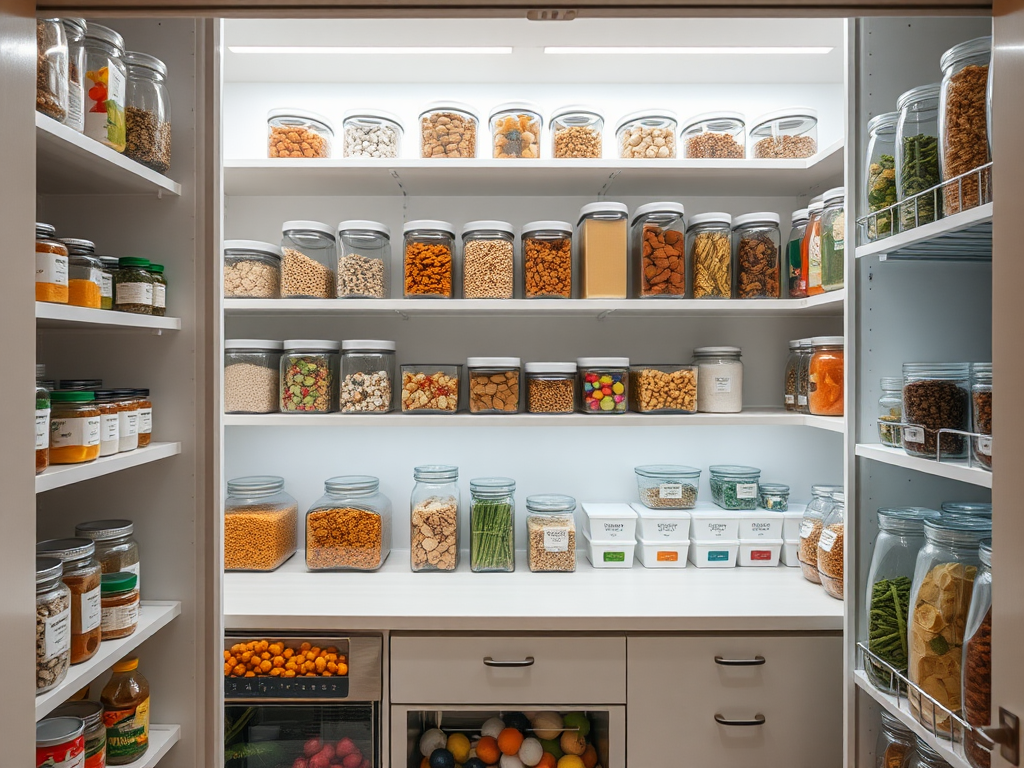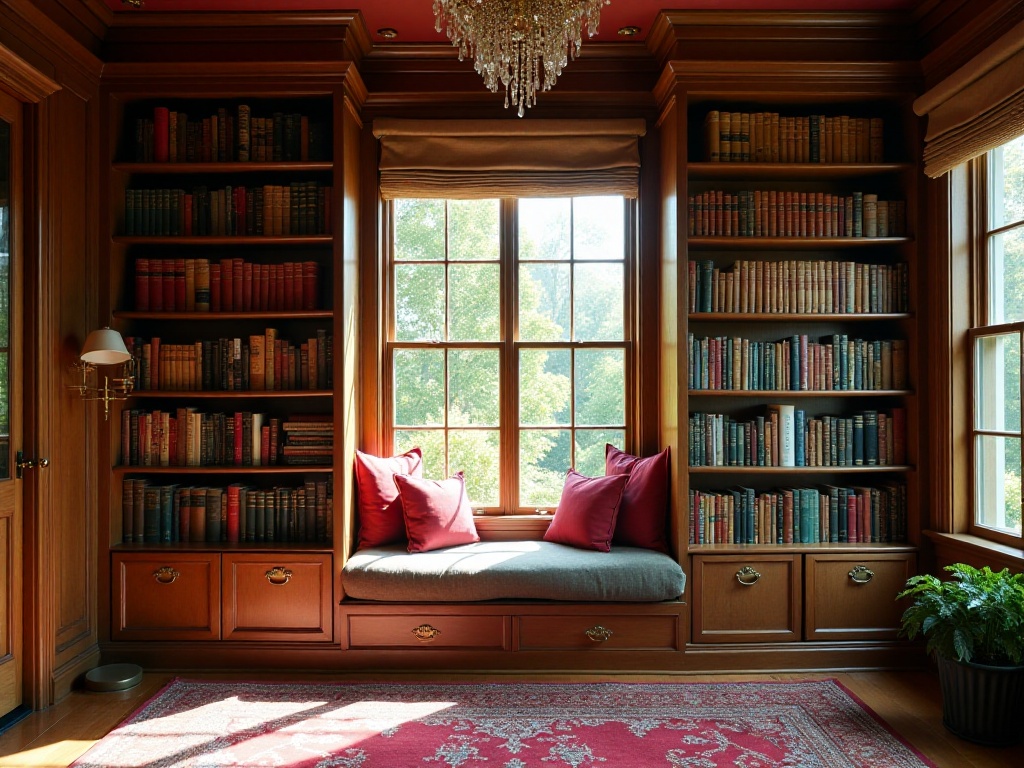Introduction
As a recent graduate and working professional, I used to feel helpless about the mess in my home after long days at work. The work pressure was already overwhelming, and coming home to chaos was unbearable! However, over the past year, through continuous exploration and trial, I finally found an organization system that works for me, turning my little nest into a well-ordered space. Today I'd like to share my insights with everyone.
Time Management
When I first moved into my rental apartment, I spent an entire weekend trying to organize all the delivery boxes and various items scattered around, but couldn't finish. It was exhausting and frustrating, and the room ended up messier than before. Later, I realized that organization isn't about physical effort but time management.
Now I set a 15-minute timer for myself. Many people might think, what can you do in 15 minutes? Actually, you can accomplish quite a lot! Taking yesterday as an example, I transformed my desk in 15 minutes: categorized scattered documents into work, study, and life categories, cleared out unnecessary stationery, cleaned the desk surface, and even gave the keyboard a thorough cleaning. The key is focusing on one area rather than looking here and there.
My nightly 10-minute "lightning organization" has become an unshakeable habit. Just last night, I completed a series of small tasks in those 10 minutes: hanging washed clothes by category, returning water cups and snack plates to the kitchen, charging various electronic devices, and putting cosmetics back in the vanity. Waking up to everything in order the next morning puts me in such a good mood!
Many people think organizing takes a lot of time, but I want to say that if you make organization a habit and spend a little time maintaining it daily, you won't have large amounts of clutter to deal with. For instance, now the first thing I do when I get home from work is organize my bag: wash used lunch boxes, file receipts and documents, and arrange needed papers neatly. This prevents scrambling to find things before work the next day.
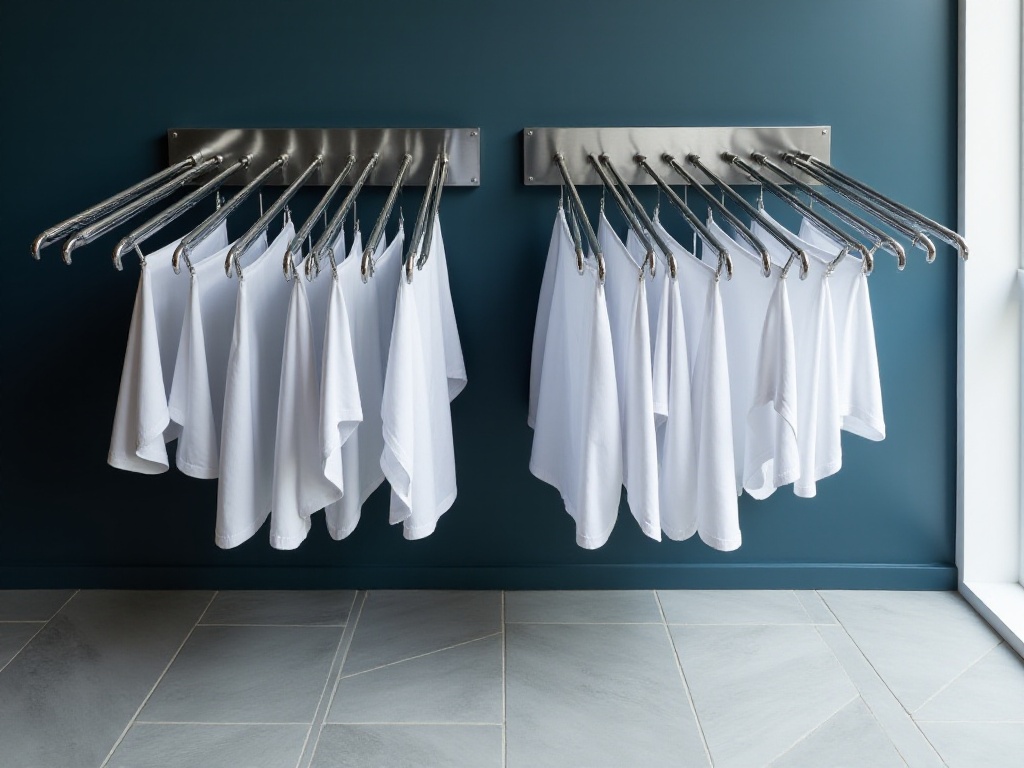
Item Management
What's the most headache-inducing part of organizing? Controlling the number of items! I used to be a shopping addict, brainwashed by various "buy it!" recommendations, buying an average of 5 new clothes monthly on Taobao. But guess what? These clothes became "closet collectibles," while I actually rotated through just a few pieces daily. Later, I established an iron rule of "one in, one out": I could buy new clothes, but had to discard an old piece simultaneously. This method worked amazingly well, and now my closet finally closes properly without requiring superhuman strength to stuff things in.
Another method I highly recommend is the "touch test." It's simple: open your closet and touch each piece of clothing. If you haven't touched an item for six months, consider giving it away. Using this method, I cleared out two whole boxes of clothes! Some still had price tags attached - what a waste. But now these clothes have found new owners, which feels meaningful.
Categorized storage is also a science. Take my kitchen: all seasonings are arranged in three drawer levels based on frequency of use. Most-used items like soy sauce, vinegar, and garlic chili sauce are on the easily accessible first level; middle level holds occasionally used items like black pepper and curry powder; the last level contains exotic ingredients like squid ink bought on impulse. After this categorization, I no longer have to search the entire kitchen while cooking.
My skincare and makeup products are arranged in order of use. Facial cleanser, toner, serum, and moisturizer are lined up from left to right on the vanity. Makeup is divided into three storage boxes: base makeup, eye makeup, and lip products. When applying makeup, I don't need to think - just follow the sequence. This saves time and prevents missing any products.
Book organization is also important. I've categorized books into several groups: professional books, novels, magazines, and reference books. Professional books are on the bookshelf next to my desk for easy reference; novels and magazines near the bedside table for bedtime reading; reference books in the study corner for when needed. Each category is marked with different colored labels, making them very easy to find.
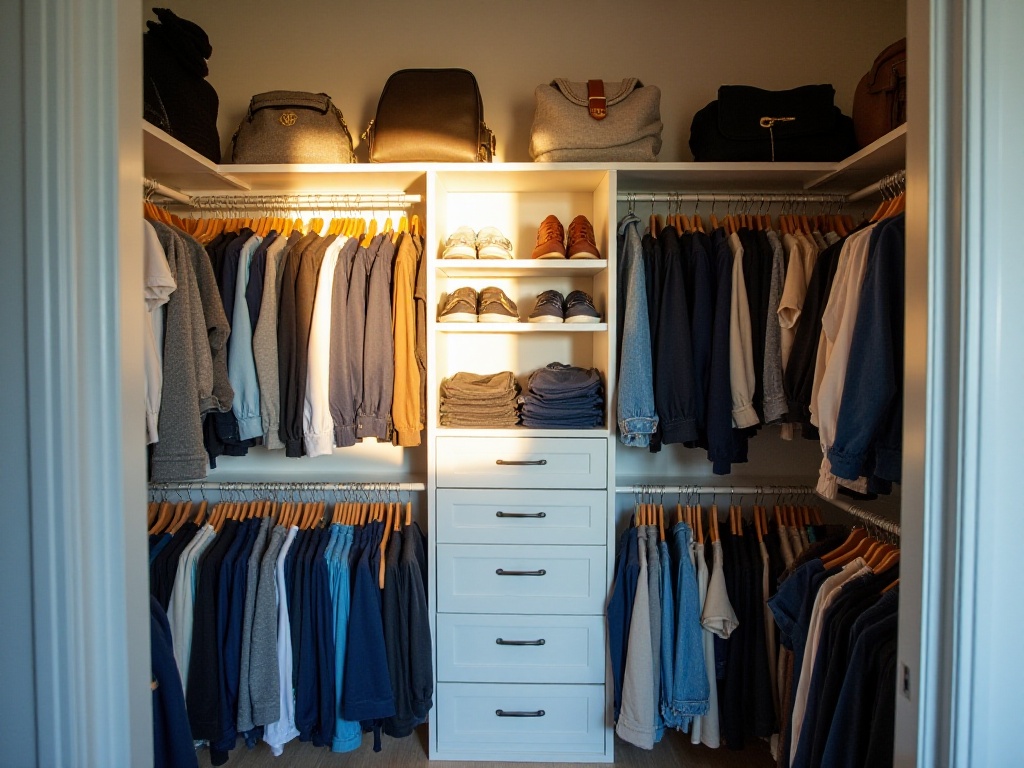
Space Management
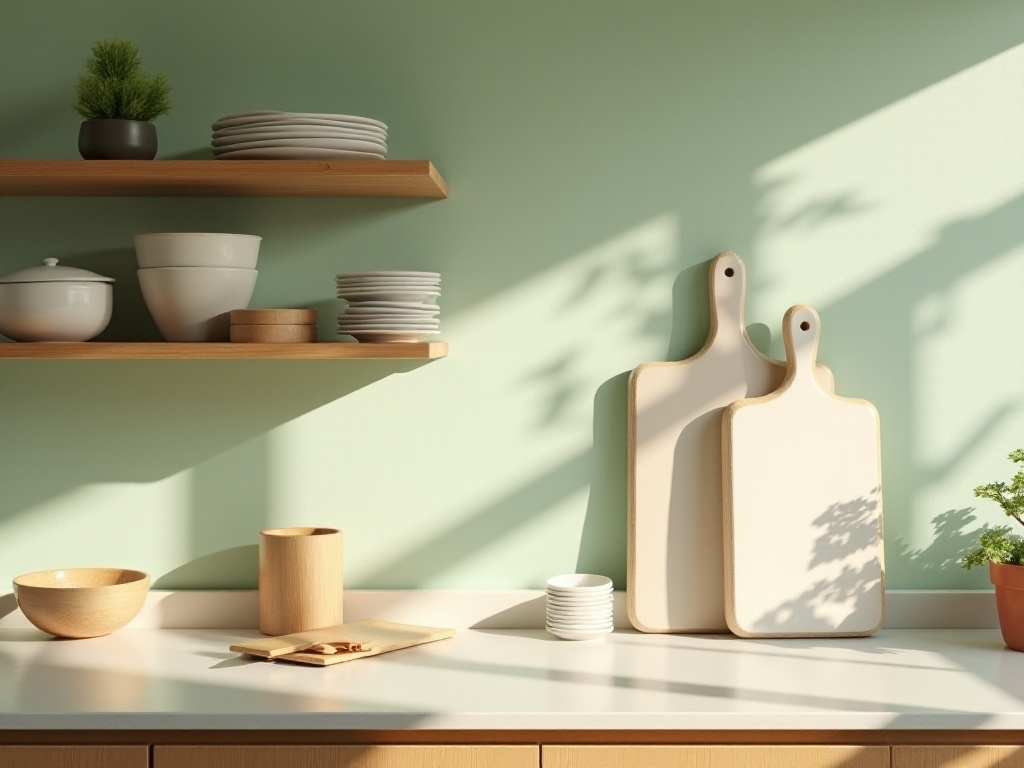
Vertical Storage
Honestly, my storage thinking used to be very one-dimensional, only knowing horizontal placement, resulting in high stacks of items everywhere. Later I discovered that utilizing wall space is the correct approach! I installed a wall-mounted pot rack in the kitchen, making all cookware visible while accidentally adding an industrial aesthetic. Friends who visit always compliment this design, saying it's very tasteful.
Bathroom storage is also a big issue. I installed a multi-tier shelf on the wall next to the toilet, neatly organizing toilet paper, towels, and toiletries. I also installed a retractable rod in the shower for hanging towels. This not only maximizes limited space but keeps the bathroom tidy and dry.
Vertical placement has become my ultimate weapon. Previously, my cutting boards were laid flat in cabinets, taking up space and hard to access. Later I installed dividers in the drawer, placing cutting boards and pot lids vertically, instantly saving over half the space! Now I even store frying pans vertically, separated by dividers, making them very convenient to access.
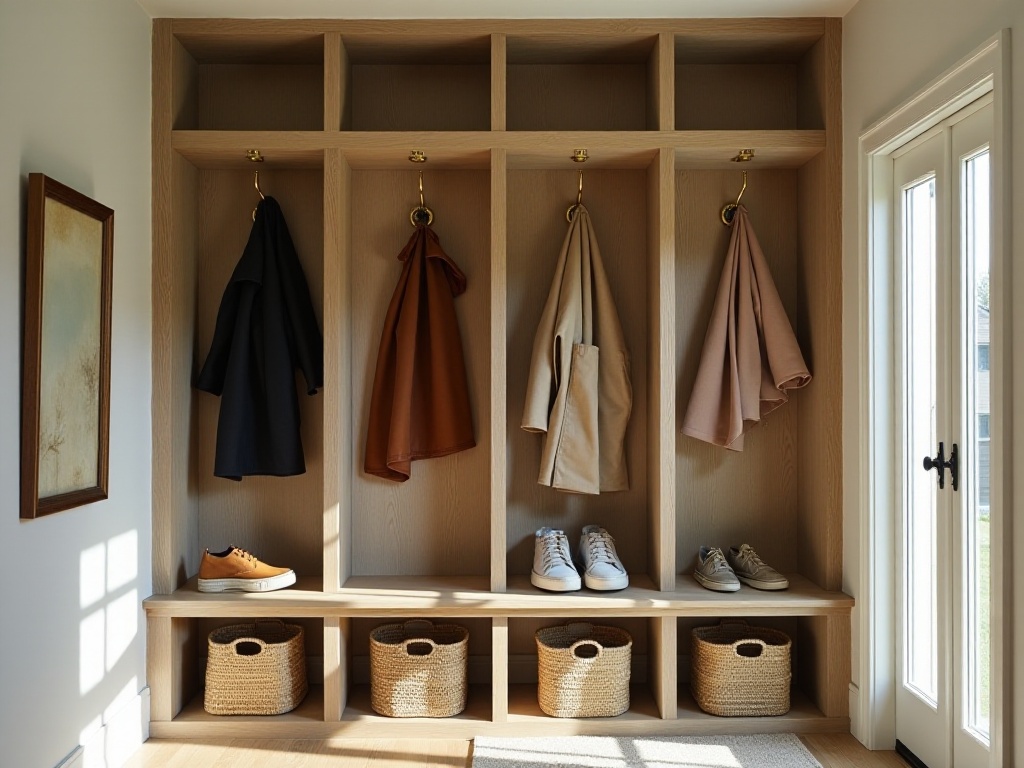
Drawer Organization
Speaking of drawer organization, miscellaneous items are the biggest headache. I used to have a drawer that was like a treasure box, stuffed with everything from hair clips to screwdrivers, from spare keys to delivery receipts. Finding anything meant turning everything upside down. Later I bought a set of drawer dividers and categorized items properly. One section for stationery, one for digital accessories, one for common tools - now I can spot items at a glance.
I also labeled each storage compartment, which is really important. For example, clothing storage boxes are labeled "Summer Short Sleeves," "Winter Sweaters," "Spring/Fall Outerwear," etc. This makes seasonal changes super easy - just find the corresponding storage box without turning the closet upside down.
Underwear and socks in drawers also have a system. I use honeycomb-style organizers for underwear categorization, and storage boxes for rolled socks. Getting dressed in the morning no longer involves rummaging around, significantly improving efficiency.
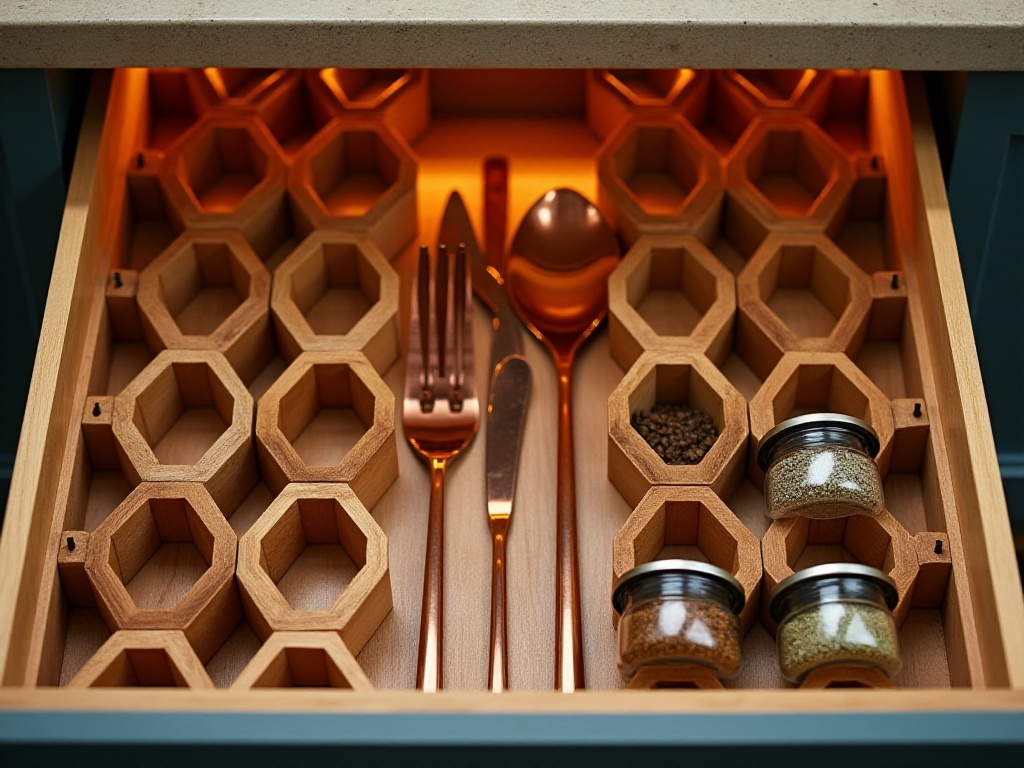
Entryway Organization
You know what? The most clutter-prone area is actually the entryway! My entryway used to be a garbage collection point, with delivery ads and takeout flyers everywhere. Now I have a small trash bin and a file organizer at the entrance - junk ads go straight to trash, important letters and bills get filed immediately. This simple habit has finally freed my coffee table from paper clutter.
Shoe cabinet organization is also crucial. I've divided shoes into four categories: work shoes, sports shoes, casual shoes, and seasonal shoes. Frequently worn shoes are placed in easily accessible positions, while less-used ones are stored away. Each shoe contains a moisture-absorbing packet to prevent odors. There's a small blackboard next to the shoe cabinet for weather forecasts, making shoe selection more targeted.
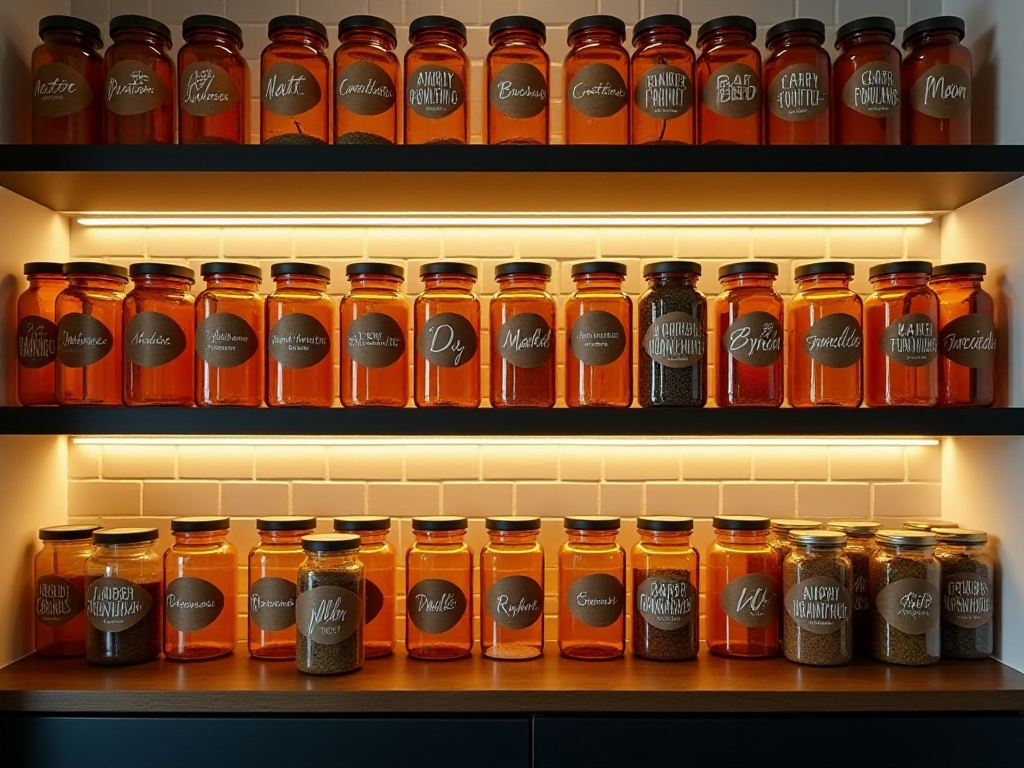
Final Reflections
Through this period of practice, I've deeply realized that organization isn't a one-time thing but a lifestyle habit requiring continuous persistence. Like brushing teeth and washing face daily, organization should become part of life.
Most importantly, find methods that suit you. For instance, I'm a visual person, so I pay special attention to the visual effect of labels and categories. My storage boxes are chosen in a unified style, and labels use the same font and color. This not only looks pleasant but motivates me to maintain tidiness.
After a year of effort, my little nest has finally become a comfortable haven. Coming home each day to see everything in order lifts even the most tired spirits. Organization isn't just about keeping home tidy, it's about adding quality to life.
I hope these experiences provide some inspiration. Organization isn't that difficult - the key is taking action. Start with small things, gradually build habits, and you too can create a living space that brings joy!
Related articles


